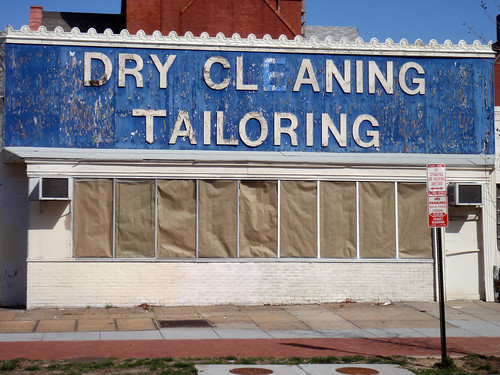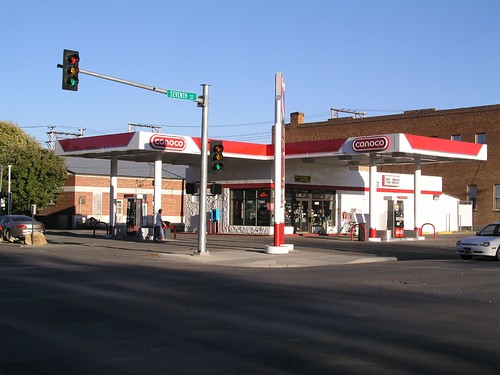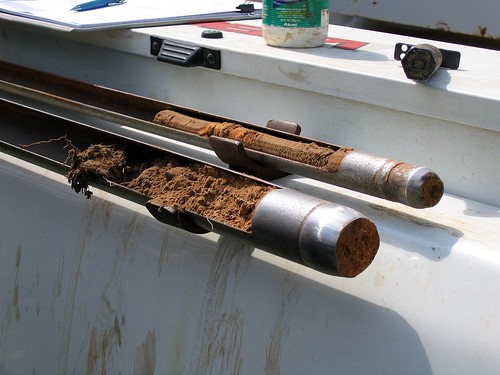Lenders need to have their environmental radar up on each and every deal. Here are three examples that require special attention, regardless of the size of your deal:
1. A longtime dry cleaner on a septic system in a rural area
A longtime dry cleaner can be a significant hazard in any setting, but add in a septic system in a rural setting and it nearly always spells trouble. While dry-cleaning solvents, namely perchloroethylene (“perc”), have a nasty habit of penetrating concrete and can be released to sub-surface soils via minor spills, more widespread issues tend to occur when there’s an opportunity for perc to enter a leach field, via sinks, toilets or floor drains…whether by accident or not.
The heightened risk in a rural setting is related to the likelihood of a property requiring a potable well, or that the site is located in a groundwater protection area even if serviced by municipal water. These situations have a very low threshold for contaminants — it doesn’t take much of a problem to become a big one.
What to do? Upfront due diligence — soil and groundwater testing — prior to purchase or extending credit will establish a baseline that contamination is not already present. Then, simple steps can help mitigate the risk of a future release: secondary containment storage for perc containers and dry cleaning machinery; closing unnecessary floor drains and sumps; posting signs warning that it’s illegal to dump perc down drains, sinks, etc.; and testing well water annually.
2. A residential improvement adjacent to a gasoline station in an urban area
Gas stations on postage-stamp lots in urban areas have spatial limitations…that’s easy to see. As a result, underground storage tanks (USTs) are often squeezed in between the service station building and property boundaries. If your collateral is a multi-family residence on an abutting lot, the building could be less than 10 feet from the USTs. Unlike gas stations in suburban locations, many urban stations haven’t been renovated. Older stations can mean older tanks and lines, and that can lead to a greater risk of a release.
Currently, one of the hot button issues at DEP is the potential for indoor air to be impacted by contaminates (e.g. vapors entering the basement of an apartment building from a gasoline release migrating in shallow groundwater).
What to do? Always check the regulatory status of nearby gasoline stations, especially those directly abutting your collateral. With new residential development, vapor barriers are often part of the construction process and can help mitigate the risk. With older, preexisting buildings, liquid boot or other basement-sealing technologies is a good, albeit expensive, solution.
3. A proposed development in filled land
In historically underutilized urban areas such as portions of South Boston (before the recent building boom) and cities such as Manchester, NH; Lawrence, MA; or Woonsocket, RI, redevelopment of vacant land or existing mills often means unearthing filled land to facilitate new building construction. Many of New England’s coastal and urban areas consist of former tidal flats or low-lying areas that were filled with soil that often contains ash, a byproduct of coal used to heat buildings prior to the introduction of petroleum in the 20th century.
The ash contains polynuclear aromatic hydrocarbons (PAHs) and heavy metals, and can be hazardous, even though state regulations may stipulate it is exempt from notification. When unearthed, this material needs to be properly disposed if it cannot be reused on-site, and the costs can be considerable.
What to do? Even if specific sources of contamination, such as tanks, drums, or leach pits, are not identified during a Phase I, consider soil analyses during geotechnical borings that are typically completed to assess the suitability of fill for new construction. The cost of soil disposal should be factored into development costs.



